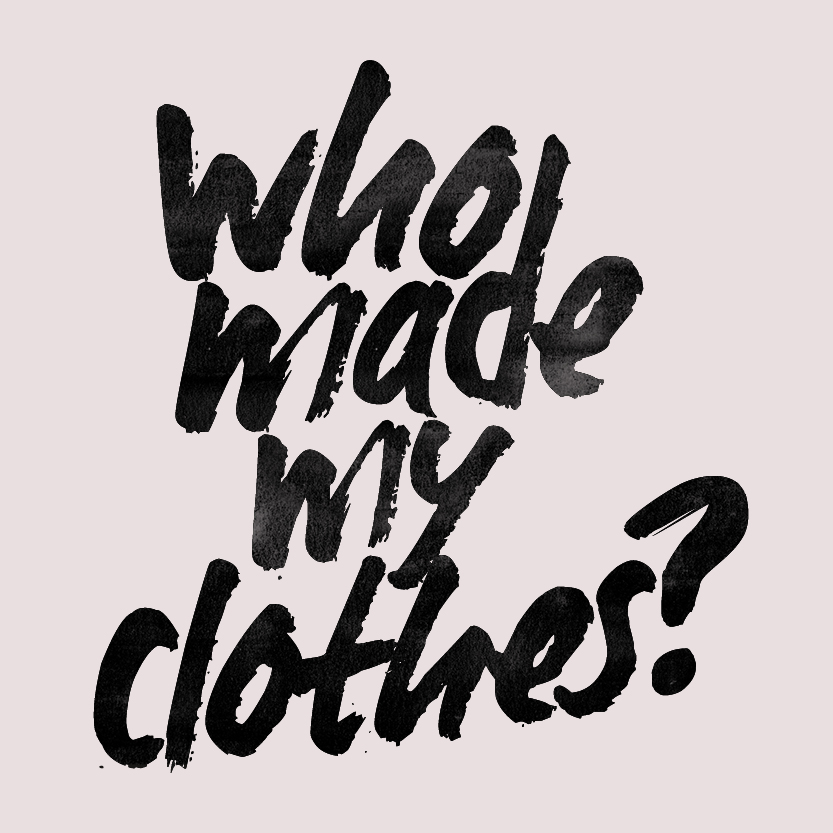
Fashion Revolution – Who made my clothes?
Hey hey
It was Fashion revolution this week and don´t worry you haven´t missed everything. It still happening until tomorrow and you can still get involved. I haven´t made a post about it this week (sorry about that), but I hope you caught some of my stories on Instagram. If not you can still find them in the highlights section. But in the spirit of “better late than never” I would like to share with you:
What Fashion Revolution is and why we need it
On 24 April 2013, the Rana Plaza building (garment factory) in Bangladesh collapsed. 1,138 people died and another 2,500 were injured, making it the fourth largest industrial disaster in history.
That’s when Fashion Revolution was born. There were five garment factories in Rana Plaza all manufacturing clothing for big global brands. The victims were mostly young women. We all believe that 1,138 is too many people to lose from the planet in one building, on one terrible day to not stand up and demand change.
Since then, people from all over the world have come together to use the power of fashion to change the world.

Fashion Revolution is now a global movement of people like you.
Have you ever wondered who made your clothes? How much they’re paid, and what their lives are like?
Our clothes have gone on a long journey before they hit store shelves, passing through the hands of cotton farmers, spinners, weavers, dyers, sewers and others. Approximately 75 million people work to make our clothes. 80% of them are women between the ages of 18 and 35.
However, the majority of the people who makes clothes for the global market live in poverty, unable to afford life’s basic necessities. Many are subject to exploitation; verbal and physical abuse, working in unsafe and dirty conditions, with very little pay.
 The Garment Industry Bangladesh
The Garment Industry Bangladesh
Get involved
It´s not too late to get involved, ask the brands #whomademyclothes? Send them an email. You can send an email to a brand through Fashion revolution page or click right HERE. Use your voice on Twitter or post a photo on Instagram.
Some brands won’t answer at all, other might tell you where your clothes were made but not who made them. And some will direct you to their Corporate Social responsibility Policy. That’s not good enough. Keeping asking until you get right down to the factory where your garment was made or even the name of the person who made it.
If a brand doesn’t respond, keep asking. Our power is in persistence. The more people who keep asking #whomademyclothes, the more brands will listen.
Some of the replies from the brands
Inditex is one of the world’s largest fashion retailers, with eight brands (Zara, Pull&Bear, Massimo Dutti, Bershka, Stradivarius, Oysho, Zara Home and Uterqüe) and 7,475 stores in 96 markets around the world.
If you would like to learn more
The second issue of the Fashion Revolution fanzine #lovedclotheslast explores the issue of waste and mass-consumption in the fashion industry, and hopes to inspire you to buy less, care more, and know how to make the clothes you love last for longer.
Fashion Transparency Index 2018 Ranking the levels of transparency of 150 of the biggest global fashion companies
Money fashion power zine explores the hidden stories behind your clothing, what the price you pay for fashion means, and how your purchasing power can make a positive difference.
Source: fashionrevolution.org
Thank you for making a difference,
Mateja
SIMILAR POSTS
It´s time for Fashion Revolution (2017)
Fashion revolution starts in your closet






Leave a Reply